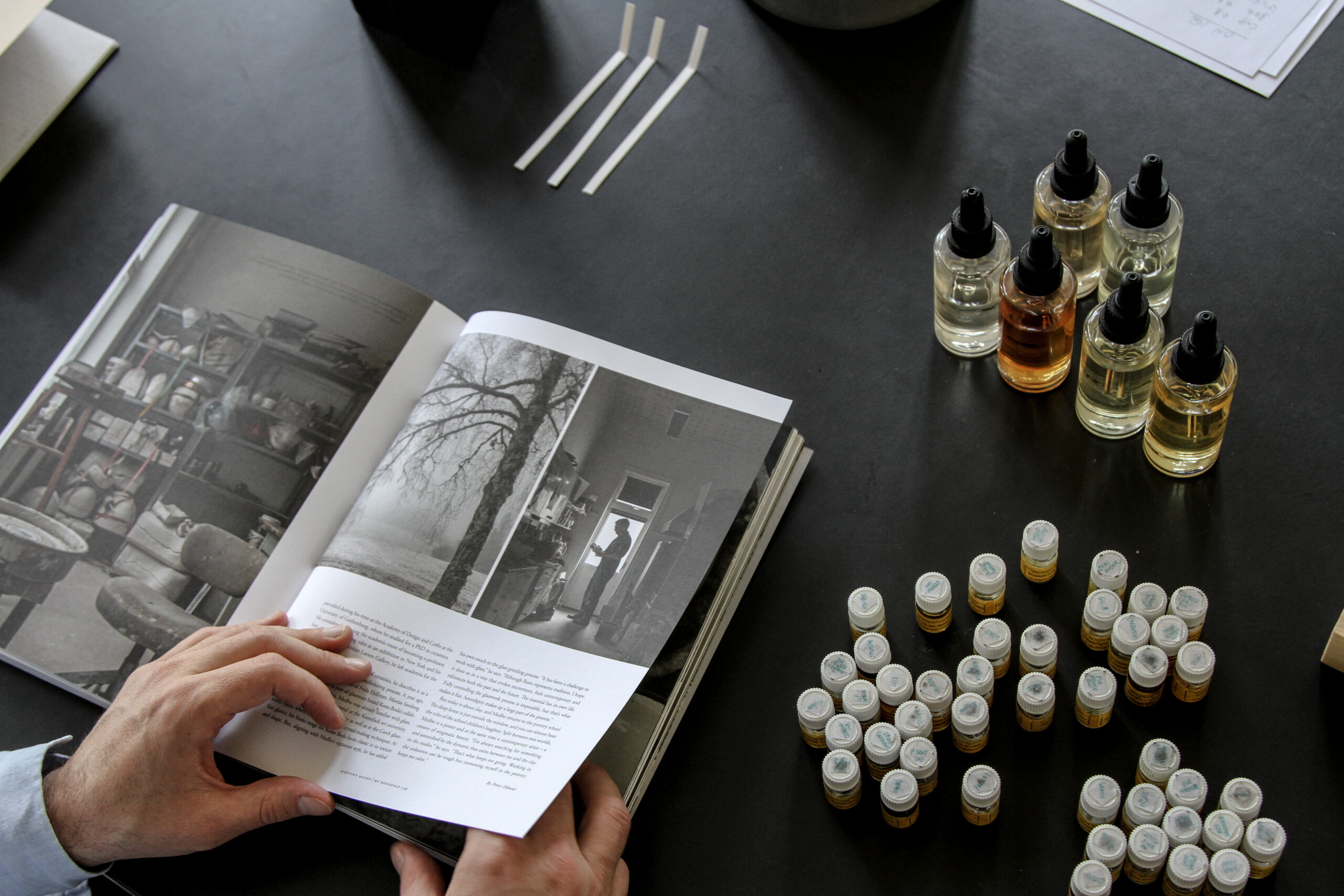
Eleanor Brough of Sarah Wigglesworth Architects will be exploring the benefits of collective gardening on the 13th April at Architect@Work
At Sarah Wigglesworth Architects we frequently work with clients who are looking to embed sustainability and wellbeing into the day-to-day, with an emphasis on how the building and its landscape setting can support this. Projects for Forest Schools, such as Mellor Primary School and Honley Nursery provide free-flow between indoors and out, creating unique ‘rooms’ in their distinct landscape settings to support outdoor learning year-round.
This thinking extends to our work for homeowners where the garden often forms a central part of the brief. Our multi-generational home at Haycroft Gardens is approached via an edible garden, planted with apples, pears, berries, figs and perennial vegetables. The house itself encloses a tranquil courtyard garden with landscape features for all generations, including a compact lawn for toddler picnics, accessible raised planters and a pergola formed of reclaimed materials from the site’s previous use.

Having recently moved for the first time to a home with a garden, I have been reflecting on what I have learned from beginning to transform our little plot with help from friends and family, and the way I work with our team and collaborators at SWA to develop buildings and landscapes for the benefit of whole communities. “A garden is a grand teacher. It teaches patience and careful watchfulness; it teaches industry and thrift; above all it teaches entire trust.” Gertrude Jekyll
A garden is a place of renewal and resilience. It can be made on any site, regardless of scale or environmental conditions. It is a place to learn, and for life to slow to the pace of diurnal and seasonal change. It is directed by the needs of plants and biodiversity, providing an alternate focus to the stresses of city life. It is universal, a garden can be enjoyed by all ages and abilities, and involvement can be passive or active. A garden is a great leveller and a place for collaboration.
Creating through collaboration and testing
A garden is temporal, it will never be fixed. The process of designing its layout and components will be iterative, reacting to realities and relationships established within the ecosystem. A species may fail because it lacks the right soil or balance of sun and shade, places to sit may shift by season or time of day, paths may reform to reflect desire lines. This fluidity makes the process of creating a garden inclusive and ongoing. Its shape will be directed by those who use it and the plants that thrive.
Taking ownership
A garden may comprise built and planted elements. Creating opportunities for community build can allow participants to take ownership of the garden and feel pride in what they have constructed. Equally, when seedlings nurtured through their germination come to life, there is sense of triumph. This sense of ownership brings with it mutual respect for the garden surroundings, and a deep-seated understanding of the environment.
Building skills and supportive relationships
A garden is created through the confluence of multiple different skills – craftsmanship, horticultural knowledge, visual design – it overcomes the need for verbal communication, establishing deeper and more subtle connections between people and places. Gardens provide the opportunity to share skills across generations and levels of expertise, a chance for hands on physical tasks to be complimented by new, learned knowledge. Learning outdoors, can foster new ways of interpreting the world and engaging with others, for example through the Forest School programme traditional class based topics can become more accessible children with different learning styles.
Health and wellbeing
Over the last year, the importance of safe and healthy outdoor space has come to the forefront. Our parks and gardens have been critical in supporting wellbeing and allowing safe social contact. We have begun to think of gardens as outdoor rooms, providing valuable safe places for activities and socialising. At the same time, the potential for gardens to be productive is huge, providing a healthy source of food and increasing biodiversity and air quality.
Images by Tim Crocker
Enjoyed this article? Read more: 6 garden offices for working from home
























